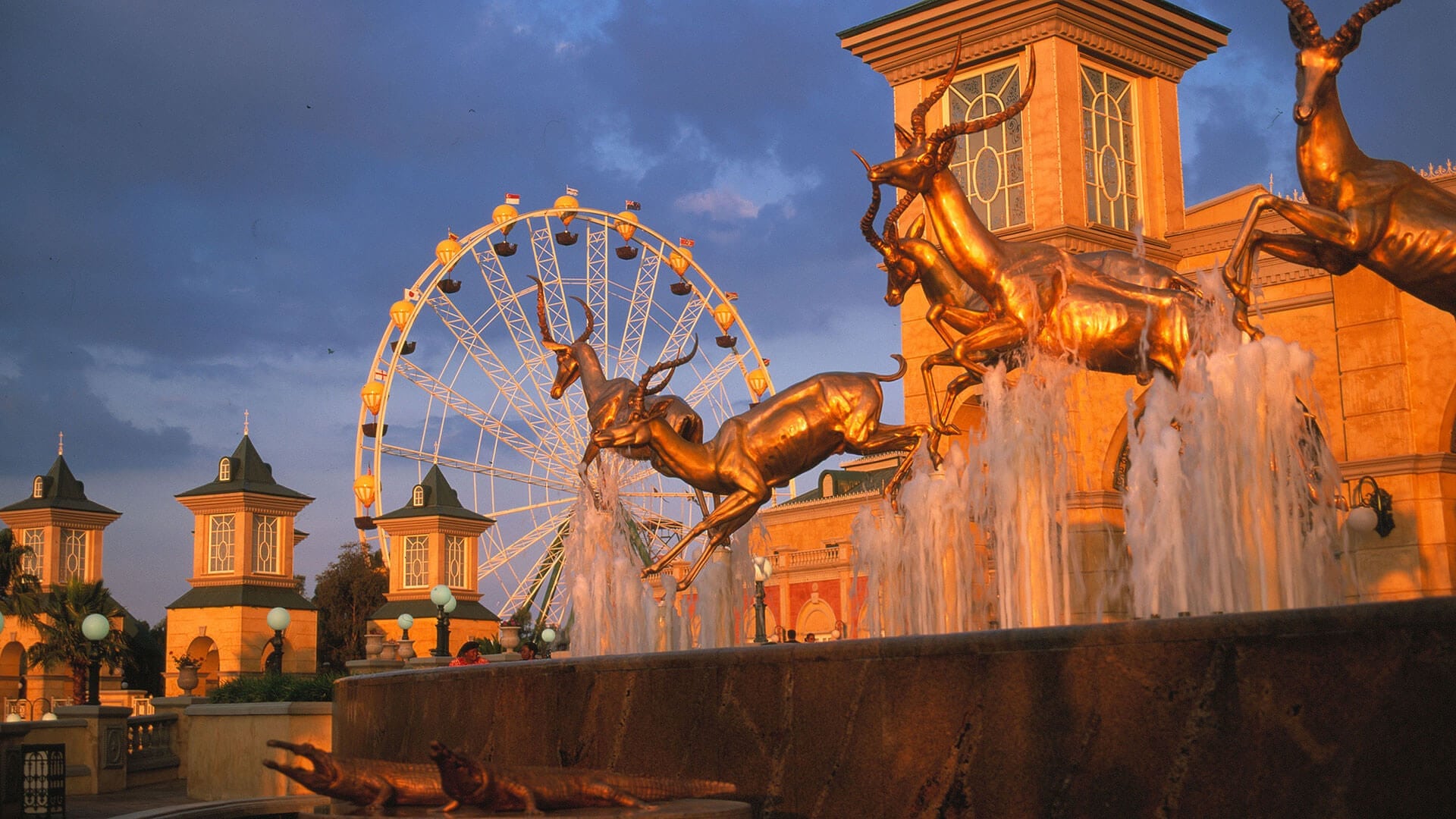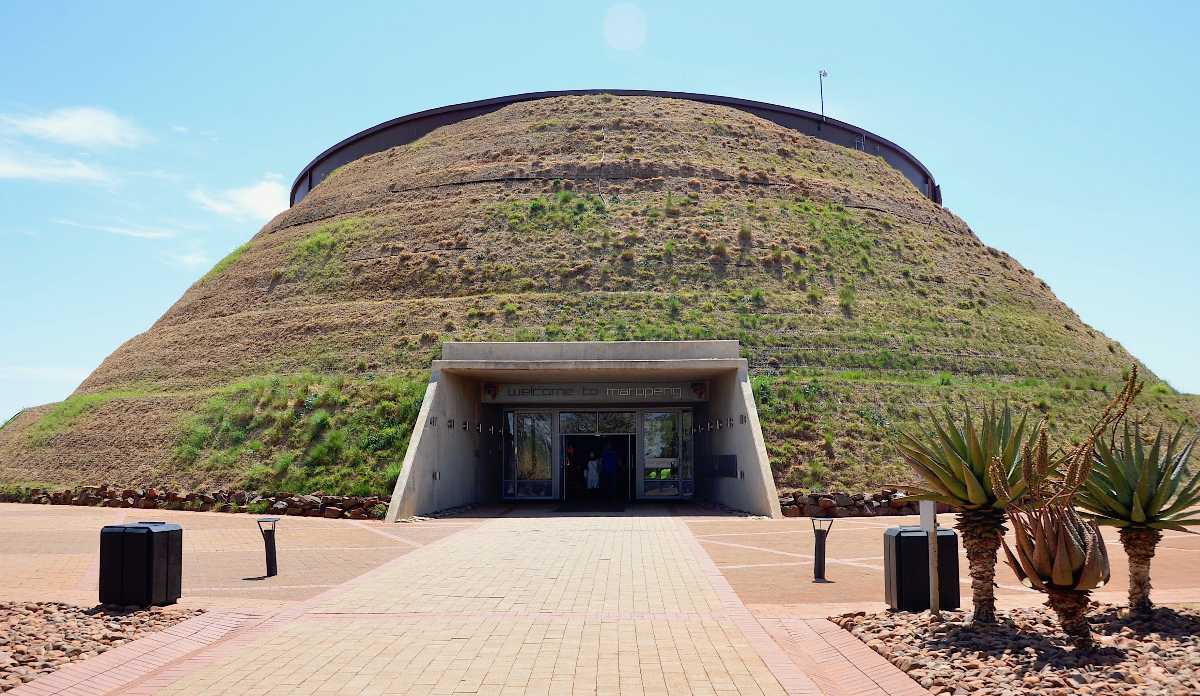The Definitive Guide to Johannesburg North Attractions
The Definitive Guide to Johannesburg North Attractions
Blog Article
Johannesburg North Attractions - Questions
Table of ContentsThings about Johannesburg North AttractionsHow Johannesburg North Attractions can Save You Time, Stress, and Money.The Only Guide to Johannesburg North AttractionsThe Best Guide To Johannesburg North AttractionsSome Known Factual Statements About Johannesburg North Attractions All About Johannesburg North AttractionsJohannesburg North Attractions Things To Know Before You Get This
However you must maintain safety in mind and visitors have to continue to be sharp in all times when in unfamiliar surroundings. Talk to the citizens when you are in community to discover the area you are remaining in. Johannesburg North attractions. When on the street (this doesn't put on mall and other secure environments) ideal basic recommendations is to try your finest to look like a regional and to avoid showing any type of form of riches
Not known Factual Statements About Johannesburg North Attractions
Professor Revil Mason O. J. (Thomson, 1946) explored the Witwatersrand's pre-colonial background. His archaeological work exploded the 'em pty land' misconception, according to which the area was devoid of human habitation before the arrival of European settlers. In his publications Prehistory of the Transvaal: A Document of Human Activity (1962) and Beginnings of Black Individuals of Johannesburg and the Southern Western Central Transvaal Advertisement 3501880 (1986 ), Professor Mason demonstrated the level of social and economic advancement in the area before Europeans set foot right here.

Some Known Details About Johannesburg North Attractions
In 1878, David Wardrop located gold in quartz capillaries at Zwartkop, north of Krugersdorp. In 1881, Stephanus Minnaar came throughout gold on the ranch Kromdraai, near the Cradle of Mankind.
In March 1886, an outcropping (soon to be called the Main Coral reef) was located, quite luckily, on Gerhardus Oosthuizen's ranch Langlaagte. Some state that the Lancastrian coal miner George Pedestrian found this coral reef. Another itinerant English miner, George Harrison (that had previously functioned in Australian mines) gotten a prospecting permit in respect of Langlaagte in May 1886.
He made a decision to relocate on in a mission for greener fields, and disposed of his Langlaagte claim for the handsome amount of 10. Alas: underneath lay the richest goldfield ever found. The exploration of this abundant auriferous reef provoked a gold thrill that signalled completion of agrarian tranquillity in the southerly Transvaal.
It would certainly, within six years, end up being the largest community in southern Africa. Within a years, it would certainly make the Z. A. R. up until after that an anarchical and bankrupt little state the richest nation in Africa. By the turn of the century, the Z. A. R. was to surpass Russia, Australia and the United States of America to end up being the world's leading gold producer, creating greater than a quarter of the globe's their website gold.
Everything about Johannesburg North Attractions
It was called Ferreira's Camp, named after Colonel Ignatius Ferreira. He was a Boer traveler upon whom the British authorities had presented the standing of Buddy of one of the most Differentiated Order of St Michael and St George (qualifying him to the post-nominal letters C. M. G.) in gratitude for his role in the battle that had actually deposed the Pedi king Sekhukhune in 1879.
2 other camps were established: Meyer's Camp on the ranch Doornfontein, and Paarl Camp. The latter was nicknamed Afrikander Camp; several people from the Cape Colony settled there.

Everything about Johannesburg North Attractions
This name obtained money by word of mouth, such that the State Secretary attested the name to the Mining Commissioner on 9 October 1886. Stands in the village were auctioned on 8 December 1886. While some stands were cost 10, others were knocked down for as little as sixpence.
Two years later on, these erven were to transform hands for as high as 750 each. The tented camps dwindled as a dorp of corrugated iron buildings established and increased north of the mines situated along the Key Coral Reef Roadway. Areas such as Jeppe's Town (where working-class immigrants erected their houses) and Doornfontein (where the affluent new 'Randlords' began to create their opulent residences) were soon contributed to the ever-expanding map of the community.
Everything about Johannesburg North Attractions
Aside from the street names, there were no signs of Johannesburg being positioned in a Dutch-speaking country. Years later on, C. W. Kearns O. J. (among the initial children enlisted at St John's University in 1898) would certainly remember: 'A strange reality concerning Johannesburg was that, although it was in the [Boer Republic], nearly every person talked English and also the Government slaves attended to one in English, unless they were very first dealt with in the Taal (or Reduced Dutch)'.
Britain had a passion in guaranteeing optimum conditions for gold manufacturing on the Witwatersrand, and that the gold was exported to London rather than Berlin an imperative made all the more clamant by the Z. A. R.'s increasing toenadering with Germany. Mine proprietors got on an accident program with Head of state Kruger, whose policy of monopolistic concessions (often approved to his cronies) prevented mining business from acquiring supplies of materials (specifically dynamite) and labour by themselves, less expensive terms
All about Johannesburg North Attractions
In 1890, the Volksraad had actually restricted the franchise business to white guys who had actually stayed in the Z. A. R. for fourteen years or longer, hence invalidating most of the immigrants (who took place to be the significant factors to the fiscus). Nonetheless, agitation for the ballot was a plain pretext for promoting a different agenda; most uitlanders regarded themselves as momentary visitors and had no purpose of continuing to be in the Z.
Report this page